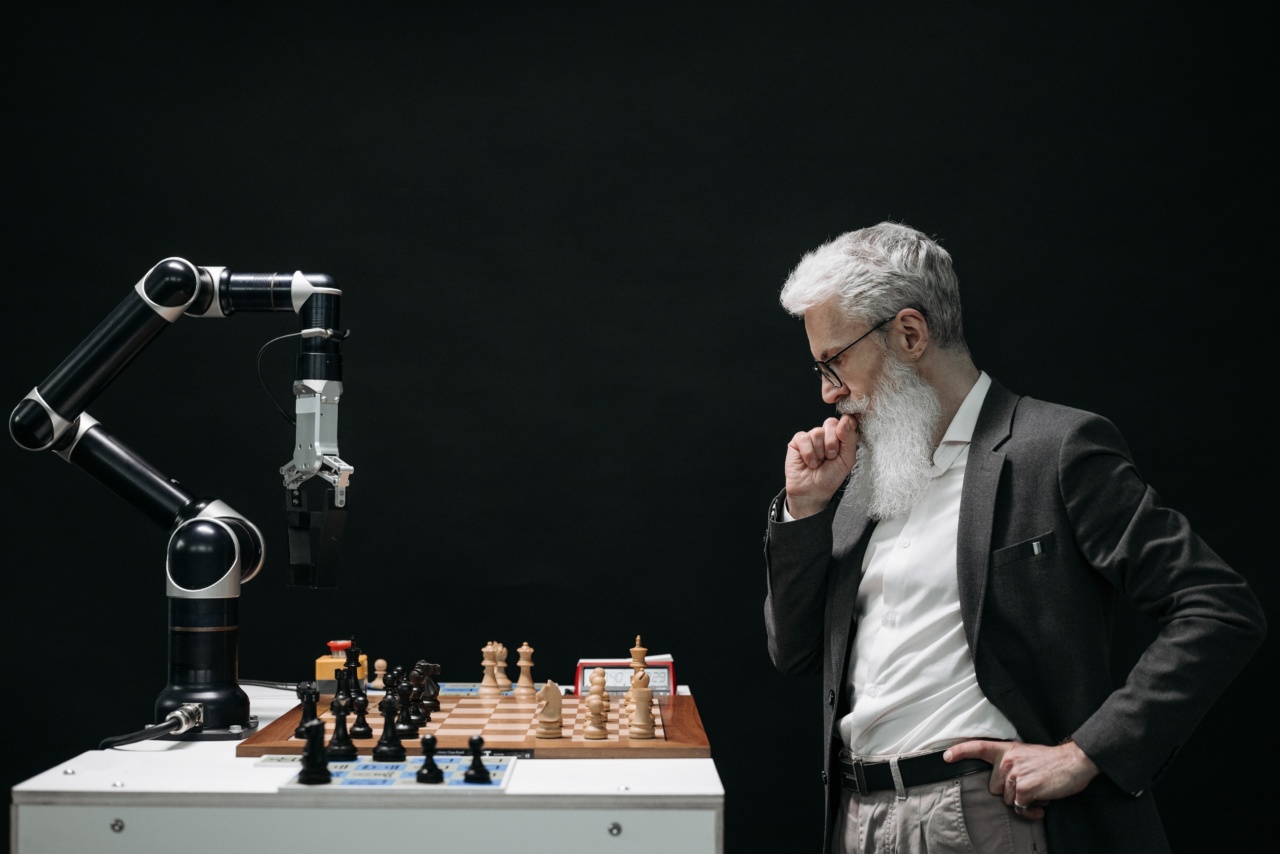Deafness has long been a significant health challenge worldwide, affecting millions of people and posing severe limitations on their daily lives.
However, there have been exciting advancements in deafness research that offer hope for improved treatments, interventions, and potential cures. This article explores ten promising developments in deafness research that are paving the way for better outcomes and enhanced quality of life for individuals with hearing impairments.
1. Gene Therapy: Unlocking the Potential
Gene therapy has emerged as a groundbreaking approach to treating genetic diseases, including inherited forms of deafness. Scientists are identifying genes responsible for hearing loss and developing techniques to replace or repair faulty genes.
Preliminary studies on animal models have shown promising results, and clinical trials on humans are already underway. Gene therapy holds immense potential for preventing or even curing certain types of deafness.
2. Stem Cell Research: Restoring Hearing
Researchers are exploring the use of stem cells to regenerate damaged auditory cells and restore hearing. By harnessing the regenerative capabilities of stem cells, scientists aim to replenish lost or damaged hair cells in the inner ear.
Early experiments in animal models have demonstrated encouraging outcomes, providing a glimmer of hope for future treatments that can reverse deafness caused by hair cell degeneration.
3. Cochlear Implants: Enhanced Technology
Cochlear implants have been revolutionary in providing auditory input to individuals with profound hearing loss.
Recent developments in cochlear implant technology have resulted in enhanced sound quality, improved speech perception, and better noise reduction capabilities. Ongoing research focuses on optimizing electrode placement, refining signal processing algorithms, and developing new electrode designs to further enhance the efficacy of cochlear implants.
4. Drug Therapies: Protecting and Preserving Hearing
Novel drug therapies are being investigated to protect and preserve hearing, particularly in scenarios where hearing loss is caused by exposure to ototoxic medications or noise-induced damage.
Scientists are exploring compounds that can mitigate the harmful effects on auditory cells or promote their survival. These medications have the potential to prevent or reduce hearing loss, providing vital protection for individuals exposed to potentially damaging environments.
5. Optogenetics: A Futuristic Approach
Optogenetics is a cutting-edge technique that utilizes light-sensitive proteins to control cells’ activity. While still in its early stages, optogenetics holds promise for addressing certain types of deafness.
By inserting light-sensitive proteins into auditory cells, researchers can potentially restore hearing in individuals with specific forms of hearing loss. Although further research is needed, optogenetics presents an exciting avenue for future treatment possibilities.
6. Nanotechnology: Targeted Delivery Systems
Nanotechnology offers great potential in targeted drug delivery to the inner ear.
Researchers are developing nano-sized drug carriers that can transport medications specifically to the damaged areas of the auditory system, minimizing side effects and maximizing therapeutic efficacy. Nanotechnology also facilitates the development of sensors and devices with enhanced capabilities for diagnosing and monitoring hearing loss, leading to more accurate and personalized interventions.
7. Auditory Brainstem Implants: Extending Possibilities
Unlike cochlear implants that stimulate the auditory nerve, auditory brainstem implants (ABIs) bypass the cochlea and directly stimulate the brainstem, providing a hearing option for individuals who cannot benefit from cochlear implants.
Ongoing research aims to improve the surgical techniques, refine the implant design, and optimize the auditory brainstem stimulation methods to enhance outcomes for ABI recipients.
8. Tissue Engineering: Growing New Solutions
Tissue engineering involves growing functional tissues in the laboratory and can potentially be used to recreate damaged or missing auditory structures.
Scientists are working on developing three-dimensional scaffolds that can support the growth and differentiation of cells into functional auditory tissues. While still in its infancy, tissue engineering holds considerable promise for constructing replacement parts for the ear and restoring hearing function.
9. Genetic Screening: Early Detection and Intervention
Advancements in genetic screening technologies have made it possible to identify individuals with a heightened risk of developing hearing loss.
Early genetic screening allows for the prompt implementation of preventive measures and interventions, paving the way for timely treatments that can prevent or delay the onset of deafness. Genetic screening also enables personalized treatment approaches based on an individual’s unique genetic makeup.
10. Neural Prosthetics: Restoring Hearing through Technology
Neural prosthetics involve the use of electronic devices to replace or mimic the functioning of damaged parts of the auditory system.
Researchers are working on developing advanced neural prosthetic devices that can bypass damaged parts of the ear and directly stimulate the auditory nerve or brain. While still in the research stage, these devices hold the potential to restore some degree of hearing in individuals with severe to profound hearing loss.




























